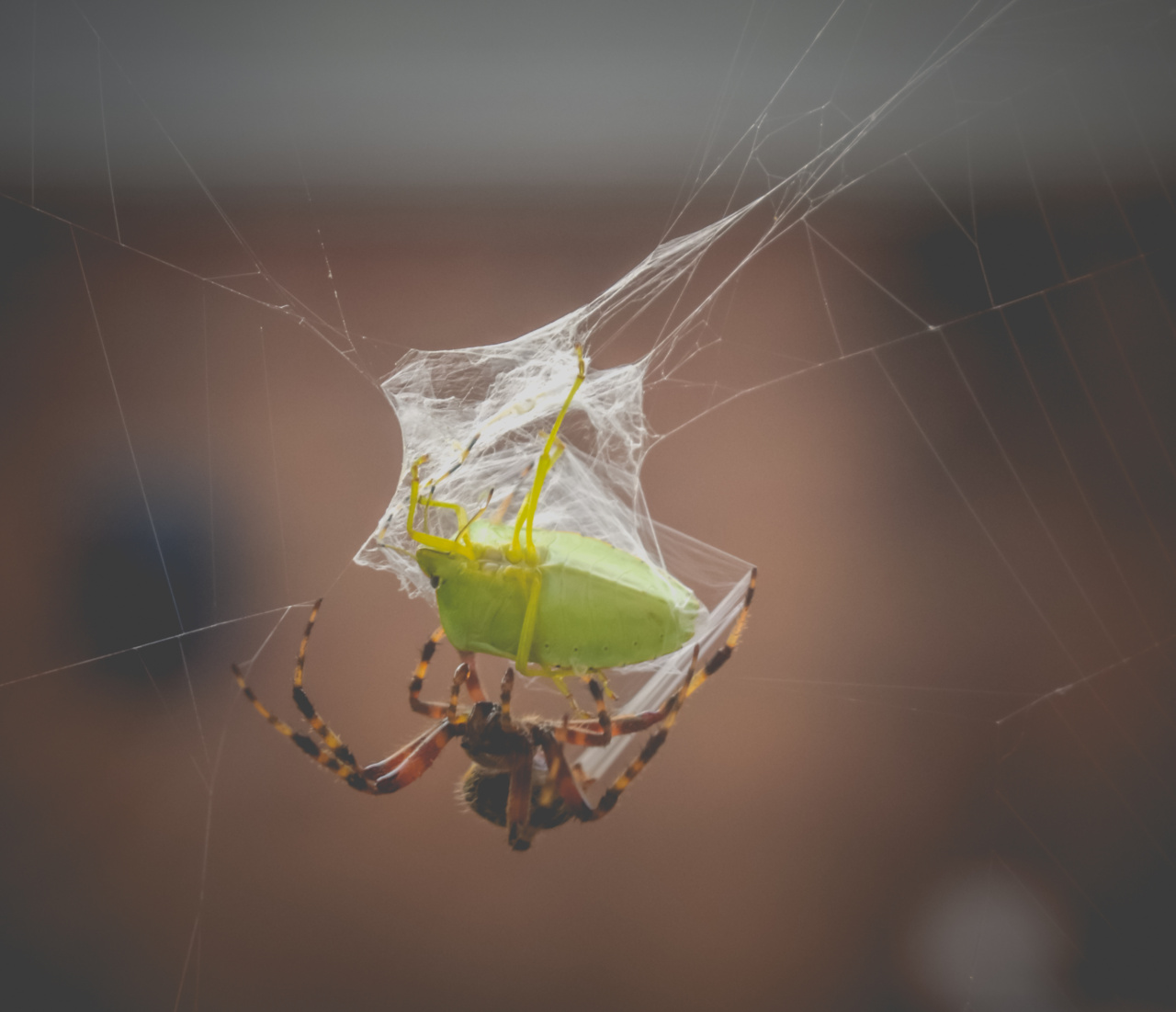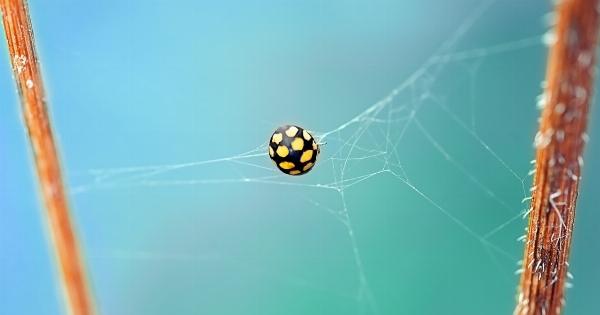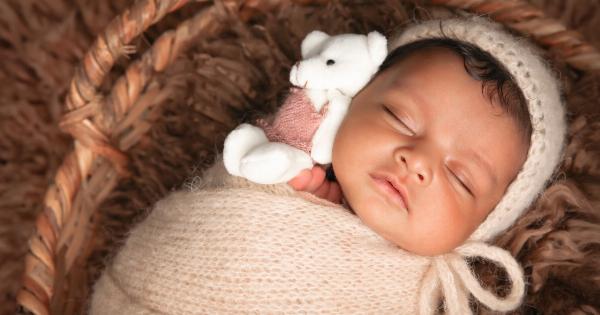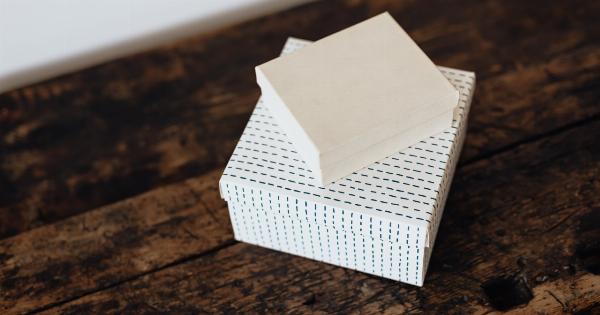Bed bugs have become a major problem around the world. These tiny parasites live in our homes and feed on our blood. They can cause itchy bumps on the skin, and some people may develop an allergic reaction.
Bed bugs are notoriously difficult to get rid of, and traditional methods such as pesticides and heat treatment can be costly and time-consuming. But a team of scientists has come up with a new solution: a trap to catch bed bugs.
The problem with bed bugs
Bed bugs are small, reddish-brown insects that feed on the blood of humans and animals. They are about the size of an apple seed, and they can hide in the cracks and crevices of furniture, walls, and other objects around our homes.
Bed bugs are nocturnal, so they usually feed at night while we are sleeping.
Bed bugs are not known to spread diseases, but they can cause itchy bites that can become infected. Some people may develop an allergic reaction to the bites, which can cause swelling and difficulty breathing.
Bed bugs have become a major problem in recent years, as they have become resistant to many pesticides and other methods of control.
The new trap
The new bed bug trap is called the Volcano Bed Bug Trap, and it was developed by researchers at the University of Florida. The trap consists of a plastic dish filled with water and a small amount of detergent.
The dish is placed on the floor next to the bed or other furniture where bed bugs are suspected.
The trap works by luring bed bugs into the dish with a small amount of carbon dioxide. Bed bugs are attracted to carbon dioxide, which is what we exhale when we breathe.
The trap also uses heat to mimic the warmth of a human body, which is another thing that attracts bed bugs.
Once a bed bug climbs into the dish, it will become trapped in the water and drown. The detergent in the water helps to break the surface tension, making it easier for the bed bugs to sink and drown.
How effective is the trap?
The researchers tested the Volcano Bed Bug Trap in a laboratory setting, and they found that it was highly effective at catching bed bugs. In fact, the trap caught up to 96% of the bed bugs that were released into the room.
The trap was also effective at catching bed bug nymphs, which are the immature form of the insect.
The researchers also tested the trap in a real-world setting, by placing it in a hotel room infested with bed bugs. They found that the trap caught a significant number of bed bugs, even in a room where pesticides had been used.
The trap was also easy to use and did not require any special skills or equipment.
Other advantages of the trap
The Volcano Bed Bug Trap has several advantages over traditional methods of controlling bed bugs. First, it is non-toxic and does not use pesticides, making it safer for humans and pets.
Second, it is easy to use and does not require any special equipment or skills. Third, it is effective at catching bed bug nymphs, which are often more difficult to detect and control than adult bed bugs.
The trap can also be used as a monitoring tool, to detect the presence of bed bugs before an infestation becomes established. This can be especially useful for hotels and other businesses that want to prevent bed bug infestations.
Limitations of the trap
While the Volcano Bed Bug Trap is a promising new tool for controlling bed bugs, it is not without its limitations. The trap is most effective when used in combination with other methods of control, such as pesticides and heat treatment.
It is also important to note that the trap may not be able to eliminate an established infestation, as bed bugs are adept at hiding in difficult-to-reach places.
Finally, the Volcano Bed Bug Trap may not be effective against all species of bed bugs, as some species may not be attracted to carbon dioxide and heat in the same way as others.
More research is needed to determine the effectiveness of the trap against different species of bed bugs.
In conclusion
The Volcano Bed Bug Trap is a promising new tool for controlling bed bugs in homes, hotels, and other settings. The trap is non-toxic, easy to use, and effective at catching both adult bed bugs and bed bug nymphs.
While the trap may not be able to eliminate an established infestation on its own, it can be an important part of a comprehensive control strategy.































